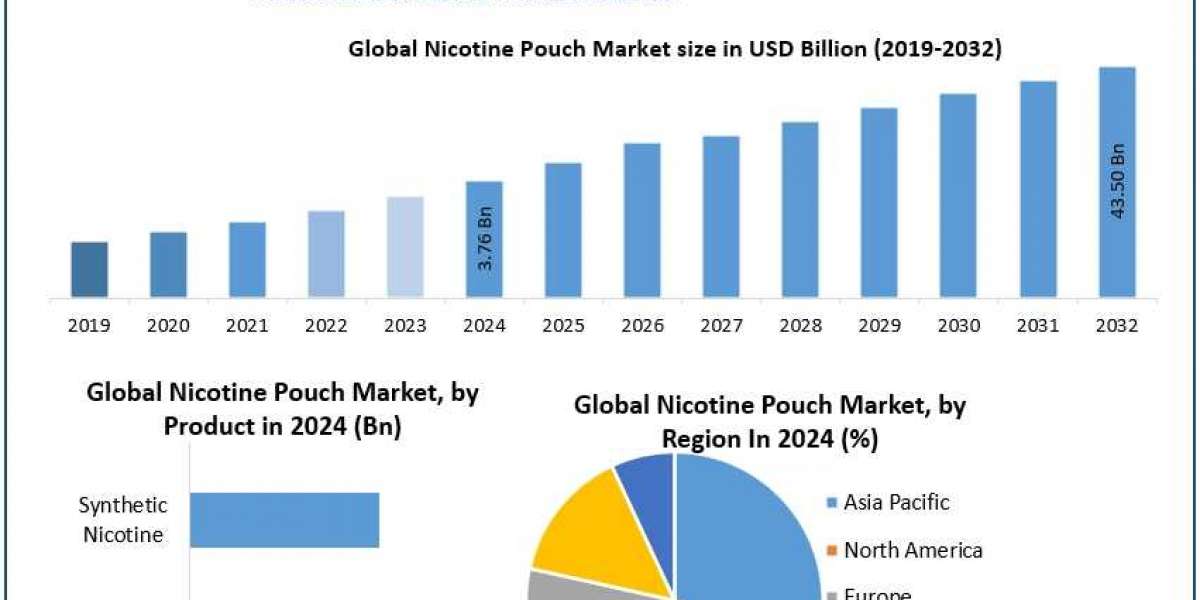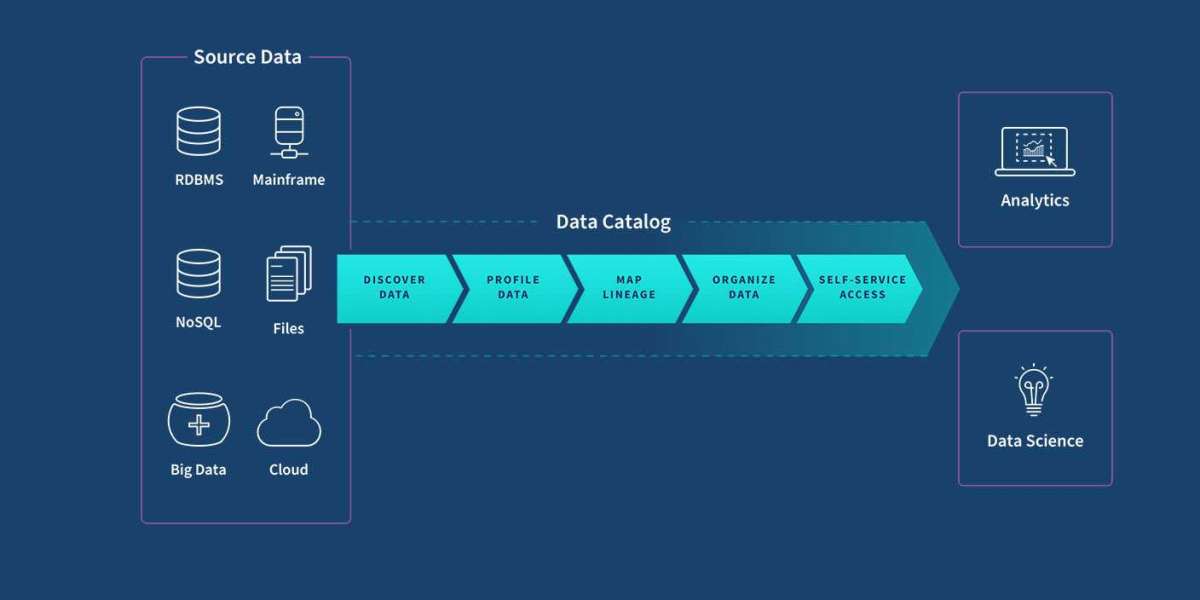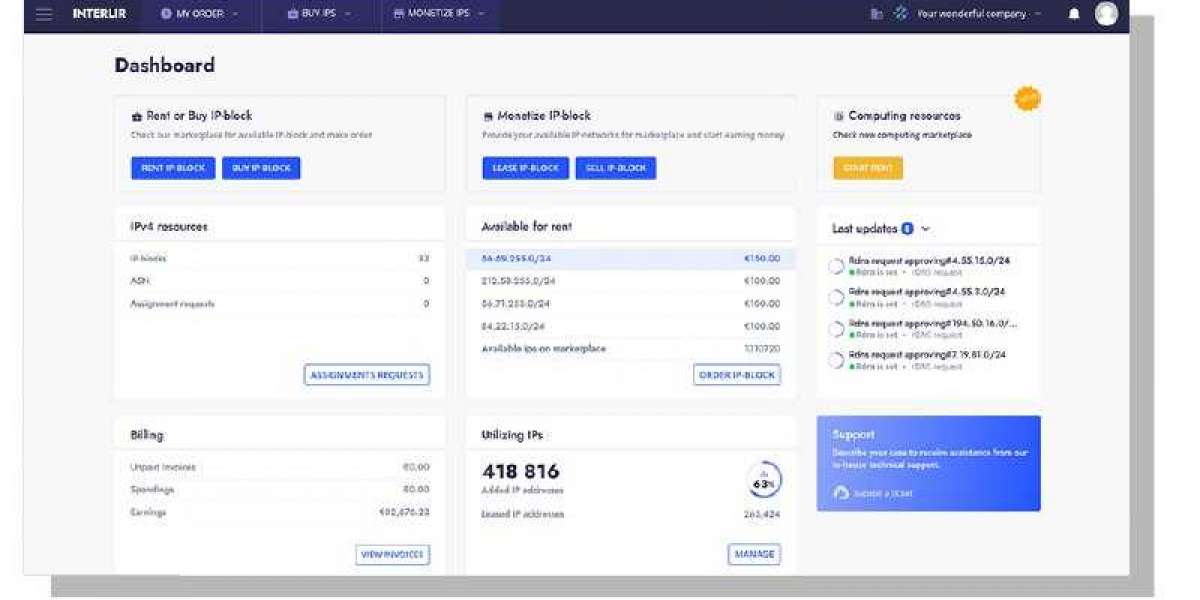The Microinsurance Industry is playing a pivotal role in expanding insurance access for low-income populations, ensuring that vulnerable communities have protection against unexpected financial shocks. By offering affordable and inclusive solutions, microinsurance supports community protection, encourages financial resilience, and fosters economic empowerment. This sector bridges the gap left by traditional insurance, bringing coverage to underserved populations and rural regions through innovative approaches.
Innovations Driving Microinsurance Growth
Microinsurance leverages low-income insurance, inclusive coverage, and rural insurance models to deliver tailored solutions that meet the unique needs of underserved communities. Integration with microfinance institutions allows for seamless policy distribution and premium collection. Digital platforms are also being utilized to streamline the process, making enrollment, claim submission, and payout faster and more efficient. These advancements enable insurers to reach broader populations while maintaining affordability and reliability.
Market Trends Shaping the Industry
The rise of digital financial tools has accelerated microinsurance adoption globally. For instance, the France Mobile Payments Market demonstrates how mobile platforms enhance insurance accessibility, while the US Microinsurance Market reflects the growing interest in inclusive coverage for vulnerable populations. By combining technology with innovative policy design, insurers are expanding their reach and improving service delivery in both urban and rural contexts.
Future Outlook for Microinsurance
The microinsurance industry is poised for significant growth as awareness of financial inclusion increases and digital integration becomes more widespread. Companies are likely to develop new products that cater to diverse population segments, strengthen partnerships with microfinance and mobile payment systems, and use data analytics to better assess risk and customize coverage. These developments will ensure that microinsurance continues to provide financial security, foster economic stability, and promote community resilience worldwide.
FAQs
What is microinsurance?
Microinsurance provides affordable insurance solutions for low-income individuals, protecting them against health, property, and livelihood risks.How does microinsurance reach rural populations?
Through microfinance integration and mobile platforms, insurers can distribute policies efficiently in rural areas while maintaining affordability.Why is microinsurance important for financial inclusion?
It enables underserved populations to access protection against financial risks, improving stability, resilience, and economic empowerment.






